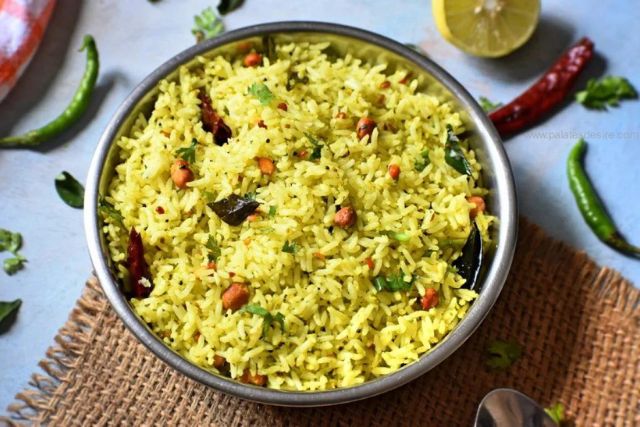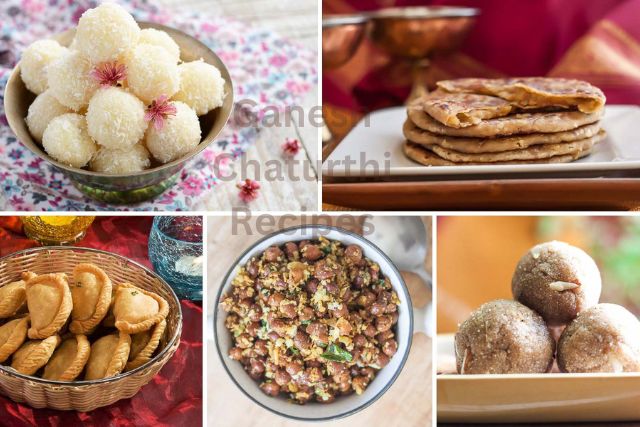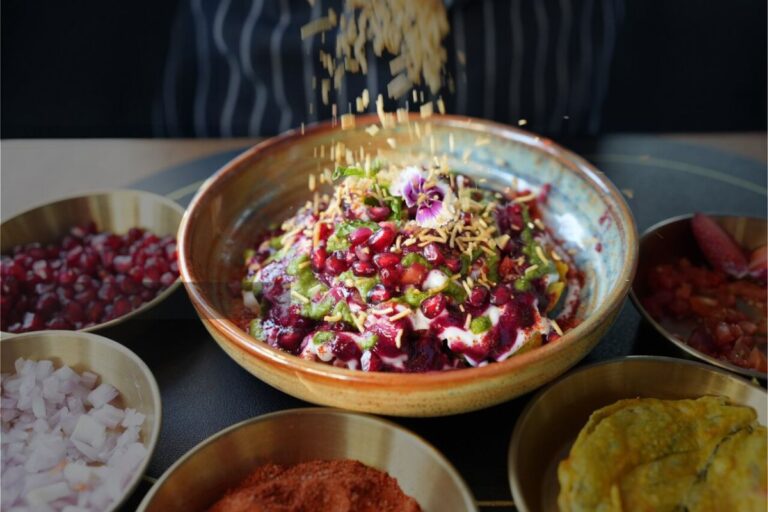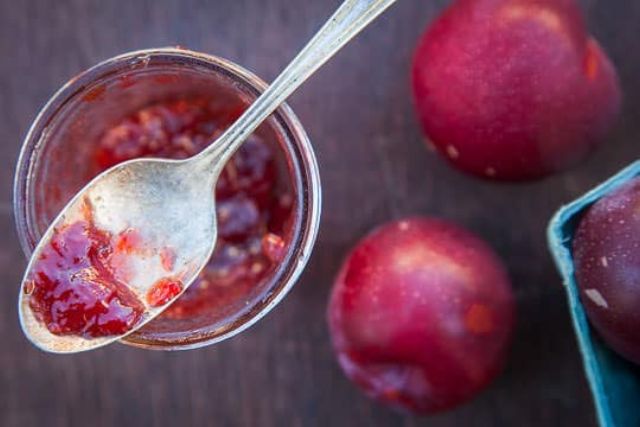Chitranna Recipe : Unveiling the Vibrant Flavors of South Indian Lemon Rice
In the rich tapestry of South Indian cuisine, Chitranna shines brightly as a beloved dish cherished for its tangy zest and aromatic appeal. Hailing from Karnataka and often enjoyed across other Southern states like Tamil Nadu and Andhra Pradesh, Chitranna is a staple that graces dining tables during festivals, celebrations, and everyday meals alike. This delightful dish, also known as Lemon Rice, combines simplicity with robust flavors, making it a favorite among both locals and food enthusiasts worldwide. In this comprehensive guide, we will delve into the origins of Chitranna Recipe, explore its cultural significance, detail its ingredients, discuss its health benefits, and provide you with a step-by-step recipe to master this iconic South Indian dish at home.
Origins and Cultural Significance of Chitranna Recipe
Chitranna derives its name from the Kannada words “Chitra” meaning colorful and “Anna” meaning rice, symbolizing the vibrant and aromatic nature of this dish. While its exact origins are debated, Chitranna has deep roots in Karnataka’s culinary heritage and is celebrated for its role in festivals, religious rituals, and as a comforting meal enjoyed with family and friends.
Traditionally, Chitranna is prepared as an offering to deities during festivals like Ugadi (Kannada and Telugu New Year). Serves as a quick and flavorful option for packed lunches or picnics due to its ability to stay fresh and flavorful for hours.
Ingredients You’ll Need to Make Chitranna Recipe
Before embarking on your Chitranna-making journey, gather the following ingredients:
- 1 cup raw rice (preferably Sona Masuri or any short-grain variety)
- 2 tablespoons oil (preferably peanut or sesame oil)
- 1/2 teaspoon mustard seeds
- 1/2 teaspoon cumin seeds
- 1/4 teaspoon asafoetida (hing)
- 2-3 dried red chilies, broken into pieces
- 10-12 curry leaves
- 1/4 cup peanuts, roasted
- 2 tablespoons split chickpeas (chana dal), roasted
- 2 tablespoons split black gram dal (urad dal), roasted
- 1/4 teaspoon turmeric powder
- Salt to taste
- 3 tablespoons lemon juice (adjust according to taste)
- Fresh coriander leaves, chopped for garnish
Step-by-Step Chitranna Recipe
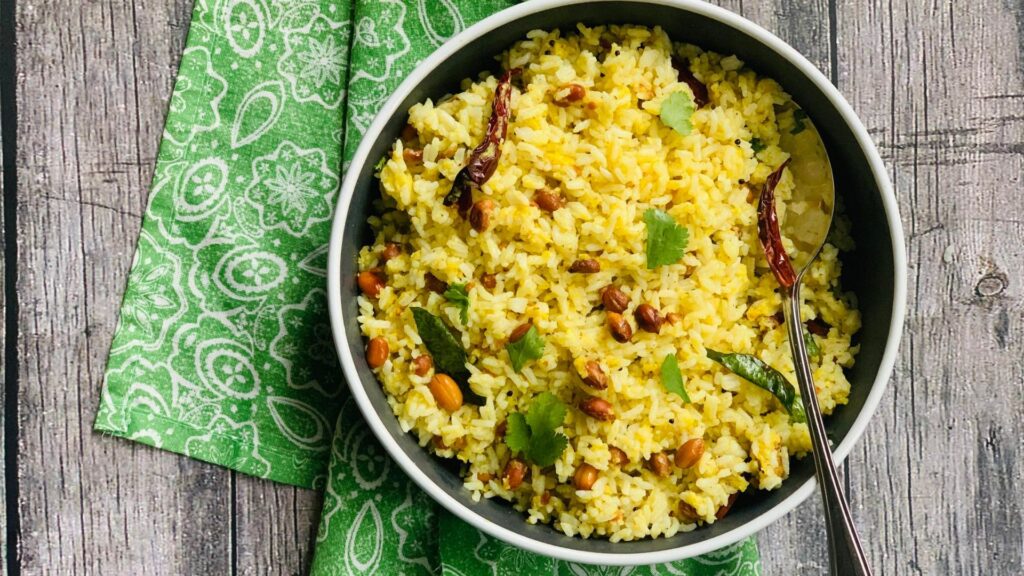
Now, let’s explore the step-by-step process of making Chitranna Recipe:
Step 1: Cooking the Rice
- Rinsing and Soaking: Rinse the raw rice thoroughly under cold water until the water runs clear. Soak the rice in enough water for about 20-30 minutes. Drain and set aside.
- Boiling the Rice: In a large pot or pressure cooker, bring enough water to boil. Add the soaked and drained rice along with a pinch of salt. Cook until the rice is tender yet firm (not mushy). Drain any excess water and spread the rice on a plate to cool.
Step 2: Tempering and Seasoning
- Preparing the Tempering: Heat oil in a large pan or kadhai over medium heat. Add mustard seeds and let them splutter. Add cumin seeds, asafoetida, dried red chilies, and curry leaves. Sauté for a few seconds until aromatic.
- Adding Nuts and Dals: Add roasted peanuts, roasted split chickpeas (chana dal), and roasted split black gram dal (urad dal). Sauté for a minute until the dals turn golden brown and crisp.
Step 3: Mixing and Flavoring
- Adding Turmeric and Salt: Reduce heat to low. Add turmeric powder and salt to the pan. Mix well to combine with the tempering and nuts.
- Incorporating Rice: Add the cooked rice to the pan. Gently mix the rice with the tempering and nuts until well combined. Ensure the rice grains are well coated with the turmeric-infused oil.
Step 4: Adding Lemon Juice and Garnishing
- Adding Lemon Juice: Remove the pan from heat. Add lemon juice to the rice mixture. Adjust the amount of lemon juice according to your taste preference for tanginess.
- Garnishing: Sprinkle freshly chopped coriander leaves over the Chitranna for added freshness and color.
Step 5: Serving Chitranna Recipe
- Mixing Well: Mix everything well so that the flavors blend together.
- Serve Warm or Cold: Chitranna can be served warm or at room temperature. It pairs well with yogurt, pickle, or papad on the side. It is also a great dish for lunch boxes or picnics due to its ability to stay fresh for hours.
Tips for Perfect Chitranna Recipe
- Rice Texture: Cook the rice such that each grain is separate and not sticky. Spread the cooked rice on a plate to cool completely before using in the recipe.
- Tempering Technique: Ensure the mustard seeds splutter and the dals are roasted well to enhance the flavor of the dish.
- Lemon Juice: Adjust the amount of lemon juice according to your preference for tanginess. Freshly squeezed lemon juice works best for a vibrant flavor.
Health Benefits of Chitranna Recipe
Chitranna Recipe not only tantalizes the taste buds but also offers several health benefits:
- Rich in Carbohydrates: Chitranna Recipe provides energy-dense carbohydrates from rice, making it a satisfying meal option.
- Good Source of Protein: The addition of peanuts and dals (chickpeas and black gram dal) adds plant-based protein to the dish, essential for muscle repair and growth.
- Antioxidants and Vitamins: Curry leaves and turmeric powder used in Chitranna are rich in antioxidants and vitamins, contributing to overall health and well-being.
- Digestive Benefits: Asafoetida (hing) used in tempering aids digestion and reduces flatulence, making Chitranna easily digestible.
Chitranna embodies the vibrant flavors and cultural heritage of South Indian cuisine, offering a harmonious blend of tangy lemon, aromatic spices, and crunchy nuts. Whether enjoyed during festive celebrations or as a quick and flavorful meal option, Chitranna delights the senses and brings a taste of tradition to every bite. With its simple yet robust flavors, this iconic dish invites you to savor the richness of South Indian culinary artistry and create memorable dining experiences at home. Embrace the zest of Chitranna Recipe and share the joy of this beloved South Indian classic with your loved ones, celebrating flavor, tradition, and the essence of culinary creativity.
FAQs About Chitranna Recipe
Can I use leftover rice to make Chitranna?
Yes, leftover rice works well for making Chitranna Recipe. Ensure the rice is cooled completely and break up any clumps before using.
Is Chitranna spicy?
Chitranna is mildly spiced with the heat coming from dried red chilies. Adjust the number of chilies according to your spice preference.
Can I make Chitranna without peanuts?
Yes, you can omit peanuts or substitute them with cashews or almonds for a different texture and flavor.
How do I store leftover Chitranna?
Store leftover Chitranna in an airtight container in the refrigerator for up to 2-3 days. Reheat gently in a microwave or a pan before serving.
Can I freeze Chitranna?
It’s not recommended to freeze Chitranna as the texture of rice may change upon thawing.
What are the variations of Chitranna?
Variations include using tamarind pulp instead of lemon juice for a tangy twist or adding grated coconut for added richness.
Is Chitranna vegan?
Yes, Chitranna is vegan as it does not contain any animal-derived ingredients.
How do I adjust the tanginess of Chitranna?
Adjust the amount of lemon juice or tamarind pulp according to your taste preference for tanginess.
Can I serve Chitranna with other dishes?
Chitranna pairs well with yogurt, pickle, or papad on the side. It can also be served with vegetable curries or raita for a complete meal.
Is Chitranna gluten-free?
Yes, Chitranna is gluten-free as it is made from rice and does not contain any wheat or gluten-containing ingredients.
